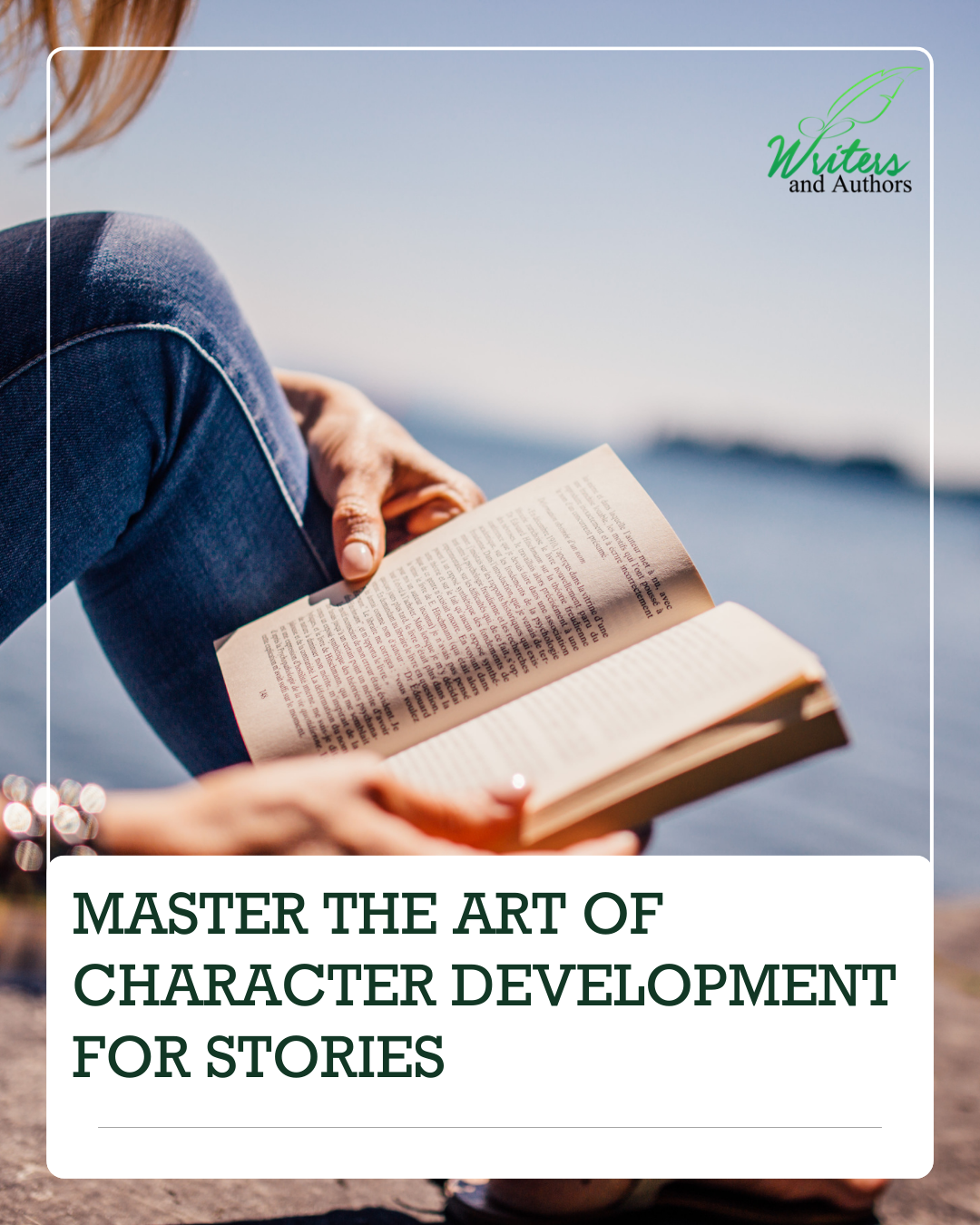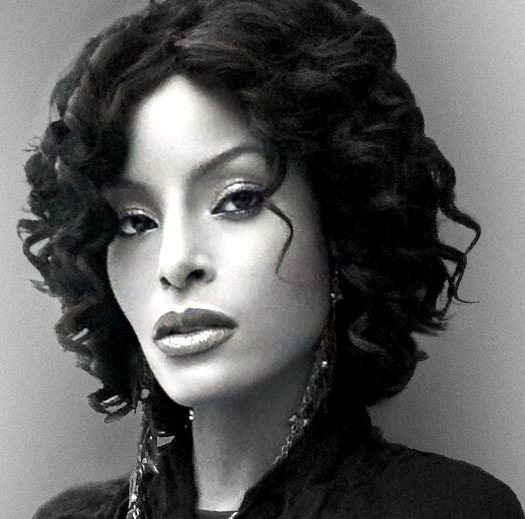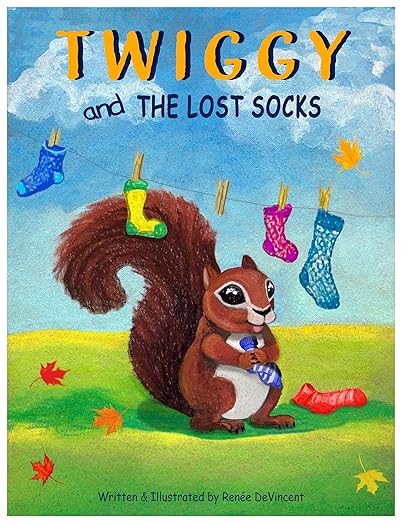In any good story, the author develops the characters by setting their objectives, placing challenges in their path, and introducing conflict. By creating relatable characters, authors engage readers in a story.
Character development is one of the literary concepts that writers frequently encounter. Still, it’s a crucial component of fiction writing and a way to introduce tension into the plot of a story.
To introduce a new character with a perfectly acceptable personality for all logical reasons, a writer must master the art of developing new characters.
Importance of Character Development
The art of giving a character in literature a personality, complexity, and motivations that carry them through a novel is known as character development. How a character changes throughout a story is another definition of character development.
The reader believes in three-dimensional and individual characters. Each is relatable due to its genuine qualities, such as appearance, demeanor, and history. The narrative arc is produced by the actions and choices of the characters, which are guided by their motivations.
Tips for Character Development
It takes a lot of struggle to fully develop the characters’ personalities while creating a fictional piece, whether a thriller or a romance book. Utilizing literary strategies and writing approaches, your objective is to develop characters that readers will remember. Here are a few helpful tips for mastering the art of developing a new Character:
1- Goals and Motivation of Character
Great characters are driven by a deep-rooted motivation and work toward a specific goal. One of the first things you should consider is the Main Character’s motivation, as this will dictate the course of the action.
2- Slow Reveal
When introducing a character, avoid giving away too much. As you narrate the story, reveal details one at a time, much too how people learn to know one another in real life.
3- Show Confliction
A literary device known as conflict throws competing forces against one another, most frequently involving the main character. Conflict builds suspense and propels a narrative by compelling characters to take action.
4- The Back Story of Important Characters
Develop a personality for your primary and supporting characters based on aspects of real people, which will help you create a multi-dimensional, all-rounder character with recognizable personality traits and quirks. It will help you create realistic characters.
5- The Personality of the Character
Create a personality for your Main Character and any supporting characters based on traits of real people to create credible characters that will help you create a multi-dimensional, round character with recognizable personality traits and quirks.
6- Character Description and Appearance
Describe your character’s physical attributes, such as hair color, eye color, and height. What behaviors do they have? What is the tone of their body language? To give readers a more accurate picture of your character, describe them.
The Bottom Line
You will be well on mastering character development once you have ensured that your hero is both human and heroic. Put your understanding of your protagonist to the test with these eight character development tasks after those specifics are worked out.





















